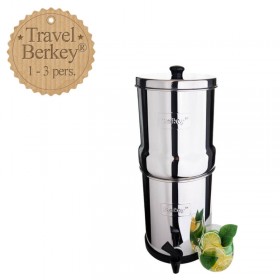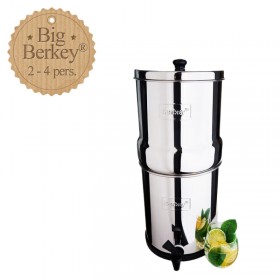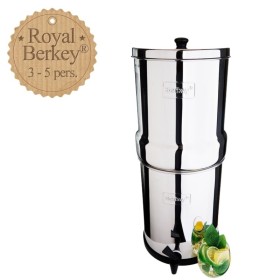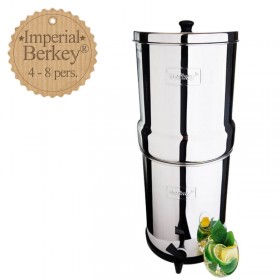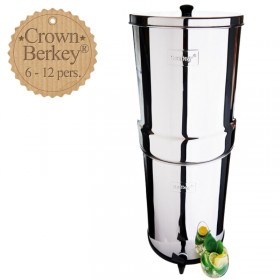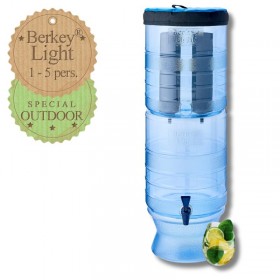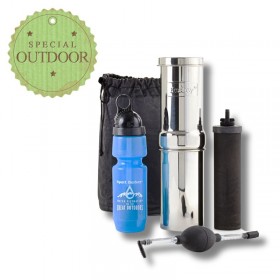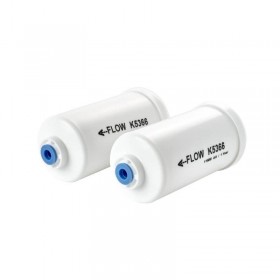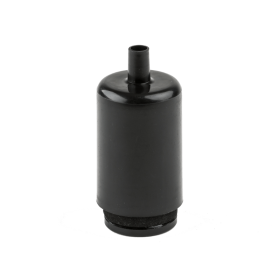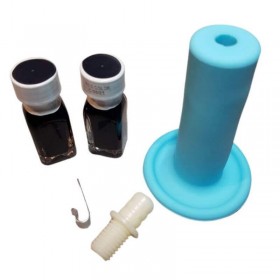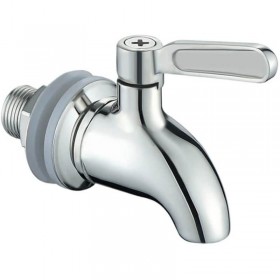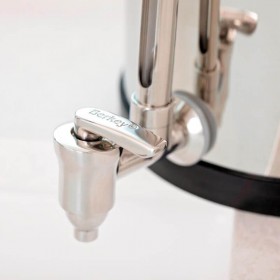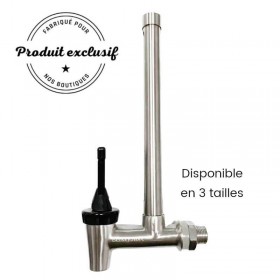TDS Readers: Limitations in Assessing the Purity of Filtered Water
Berkey® systems are renowned for their ability to remove a wide range of contaminants, providing purer water that is safer to consume. However, it is crucial to understand the tools used to assess the effectiveness of these filters, particularly TDS (Total Dissolved Solids) readers. Although these devices are often used to measure water quality, it is important to point out that they have significant limitations.
What is a TDS Reader?
A TDS reader is a portable device designed to measure the total concentration of dissolved substances in water. These substances can include minerals, salts, metals, as well as organic and inorganic contaminants. The result is expressed in parts per million (ppm), giving an indication of the amount of dissolved matter present in the water.
The Limitations of TDS Readers
It is essential to understand that TDS readers do not directly measure specific contaminants in water. For example, they cannot detect the presence of pollutants such as pesticides, industrial chemicals, bacteria, viruses or other potentially harmful substances. What TDS readers measure are all the elements dissolved in the water, including beneficial minerals such as calcium and magnesium.
For this reason, water filtered by a Berkey® system, which effectively removes harmful contaminants, may still show some TDS concentration due to minerals naturally present or reintroduced into the water. This does not mean that the water is of poor quality or contaminated. In fact, a certain amount of TDS is desirable in drinking water, as it reflects the presence of essential minerals. Having the same measurement before and after filtration means that the mineral salts have not been retained, which is the very principle of Berkey® filtration. This measurement in no way calls into question the effectiveness of the Black Berkey® or Sport Berkey®filters and is in no way evidence that your purifier is malfunctioning.
If your measurement is higher after filtration, this means that the filters have not been cleaned properly and that some residual dust remains after the filters have been machined. It will tend to decrease over time.
Why TDS Readers Aren't Sufficient for Assessing Water Purity
The main problem with using TDS readers to assess water purity is that they do not distinguish between harmless substances and hazardous contaminants. Water can have a low TDS level but still be contaminated with toxic substances at very low concentrations, such as heavy metals, industrial chemicals or pathogens. Conversely, water with a higher TDS can be perfectly healthy if the dissolved solids are mainly beneficial minerals.
Filtration systems like Berkey® are designed to target specific contaminants, not simply reduce TDS. They are able to remove fine particles, volatile chemicals, heavy metals, bacteria and other impurities, leaving behind clean, healthy water. But because some minerals are retained, a TDS reader could give the false impression that the water has not been properly filtered.
Conclusion
In conclusion, although TDS readers can offer a useful measure of the total concentration of dissolved solids in water, they can neither detect the presence of specific pollutants nor form a reliable conclusion about the purity of water filtered through a Berkey® system. To properly assess water quality, it is preferable to turn to more comprehensive tests that analyse the presence of specific contaminants. Filtration systems like Berkey® are designed to offer robust protection against a wide range of hazards, and the purity of the water they produce cannot be properly assessed by a simple TDS meter.
You can read more about this here.
Share this content

